Today I was reminded of a tried and true companion that has travelled with me from the Okanogan to the Yukon to Hells Canyon and the Wallowa Valley. I’m talking about The Herb Book by John Lust. The subject of the book came up over dinner when we were discussing a malady that has afflicted me the last few weeks, the nasty rash, swelling and pain caused by exposure to Rhus radicans L, poison ivy.
Since I have been affected before, I know what poison ivy (commonly referred to in these parts as poison oak) looks like and I avoid it like the plague. But I still get it several times a year, from Mike, the dogs, tools, laundry, etc. This time I suspect I got it from the horses. When Mike and our good friend Bryan trailed the cows up Log Creek to the summer range, they said they went through a “jungle” of poison oak. I remembered not to touch the dogs, but I forgot about the horses.
The Herb Book contains a startling amount of information on useful plants. It not only includes botanical information, but also educates the reader on medicinal terminology, methods of preparation, nutritional properties, other useful properties, herbal formulas, plant lore and has several comprehensive indexes. Yellowed and worn, I grabbed the compact and dense paperback from my kitchen cupboard and showed it to my friend at the dinner table. “Wow,” she said, “I’ve never used a book enough to have it look like this.”
That’s when I realized how many times this book has helped me treat various illnesses, wounds and discomforts for myself and my family. Living in remote areas, I could often use this resource to find herbal relief in my cupboard, garden, or surrounding landscape. Just a few days ago, I used it to review the properties of my chosen remedy for poison oak and refresh my memory on preparation, dosage and application.
I have heard of many “treatments” for poison oak, everything from bleach and kerosene, to scratching-the-heck-out-of-it, to steroids and shots of whiskey. The remedy I prefer is a decoction of black walnut leaves. Luckily, Mike was heading down river so he picked some fresh leaves for me. As a plant person recently reminded me, the treatment for offensive plants is generally another plant that grows in the same region.
In this case, I used two remedies.
Black Walnut Poison Oak Remedy
Simmer a couple cups of whole fresh leaves in about a quart of water for 5 - 10 minutes. (Dry leaves can be substituted for fresh, simmer 10 minutes.) Let cool. Pour leaves and decoction into a glass jar and store in the fridge. If you are not going to use it up in a week or so, strain and discard the leaves before storing the liquid. Soak a small cloth in the liquid and apply it to the affected area for several minutes, three or four times a day. It helps relieve itching and dry out the rash.
The Other “Remedy”
I hiked from Buckhorn Springs out the end of the ridge above Tulley Creek. A storm was gathering, with fretful winds, dull yellow underbellies of thunderheads, and dark curtains of rain trailing south. When I reached a rock knob at the end of the ridge, I looked down to the Tulley Creek bench below, and the spot where our first home in Wallowa County still squats beside the creek in a ribbon of birch, alder, and willow.
I sat down to contemplate the vast expanse before me and suddenly the world was becalmed. Not a breath of wind, not a bird singing, not even a fly buzzing. It was utterly still. The kind of quiet you can feel on your skin.
Now that kind of remedy works for most anything.
skip to main |
skip to sidebar



Tracking our days at Horse Creek
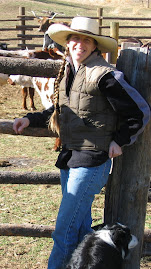
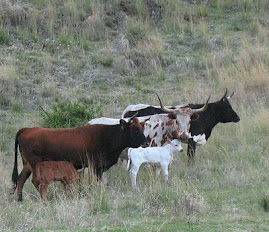
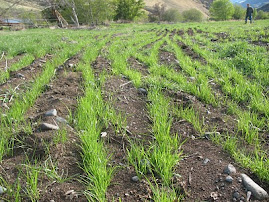
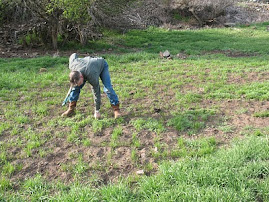

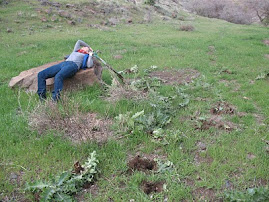



Ene and Azja do dishes

Azja fixes fence with Mike
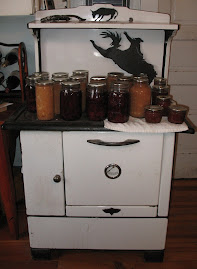


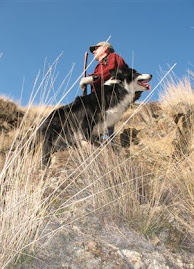
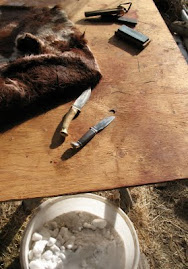
Sharp knives, bone hide scraper and fine salt


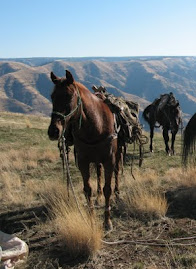
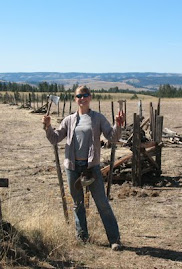
Prairie fence builder
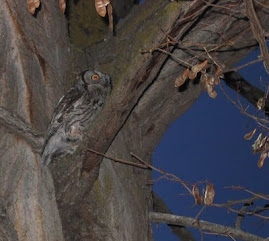
Adult
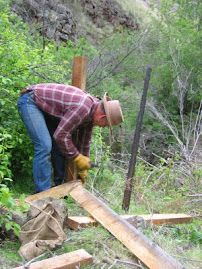
Getting started

Finished rock jack
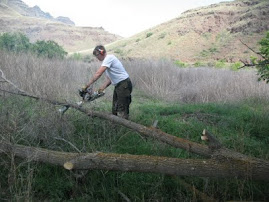
Zeke preps for the burn

Mike burning

Rangeland drill

Grass seedlings
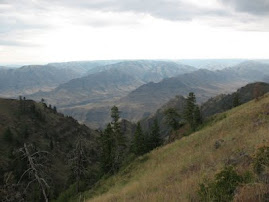
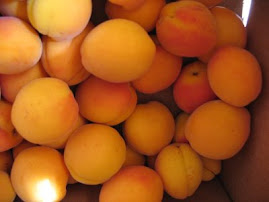
Bunchgrass Beef at Magpie Ranch
"Right here is where our family fell in love with a landscape and a tradition of work that combine to create healthy sustainable delicious food. Right here is where you can connect with a particular place, a particular story, and some amazingly good meat." Sara Miller Hale, Wallowa County, Oregon
Our Story

- Home on the Range
- Hells Canyon and Zumwalt Prairie have been our home range for more than thirty years. This is where our family raises Bunchgrass Beef, an exceptionally flavorful, lean, artisan quality beef. Here on the Magpie Ranch, our Spanish breed cattle are raised on native rangelands using humane and sustainable family-based practices. Our animals are born and bred on the ranch and are never fed grain.
How To Order Bunchgrass Beef
Give us a call at 541-426-4819 or email bunchgrass@gmail.com. We'll send you our pricing guide and order information and answer any questions you may have. "Healthy high quality grassfed beef--direct from our family to yours."
Blog Archive
Favorite Links
Magpie Ranch Journal

Tracking our days at Horse Creek
Sara at Magpie Ranch

New calves

Restoration Seedlings
Mike pulls kochia sprouts
Thistle gristle

Thistle aftermath
Eggs and Other Yumminess


Mongolians at Magpie Ranch

Ene and Azja do dishes

Azja fixes fence with Mike
The Plymouth

The Oval

Lucy

On the lookout with Mike

Tools of the Trade

Sharp knives, bone hide scraper and fine salt
Bunkhouse in Early Snow

Mestizo

On the job


Prairie fence builder
Screech Owls at Horse Creek

Adult
Rock Jacks
Getting started
Finished rock jack
Restoration
Zeke preps for the burn

Mike burning

Rangeland drill

Grass seedlings